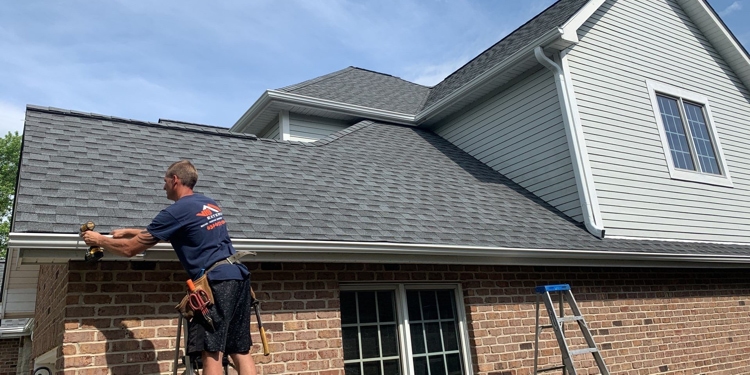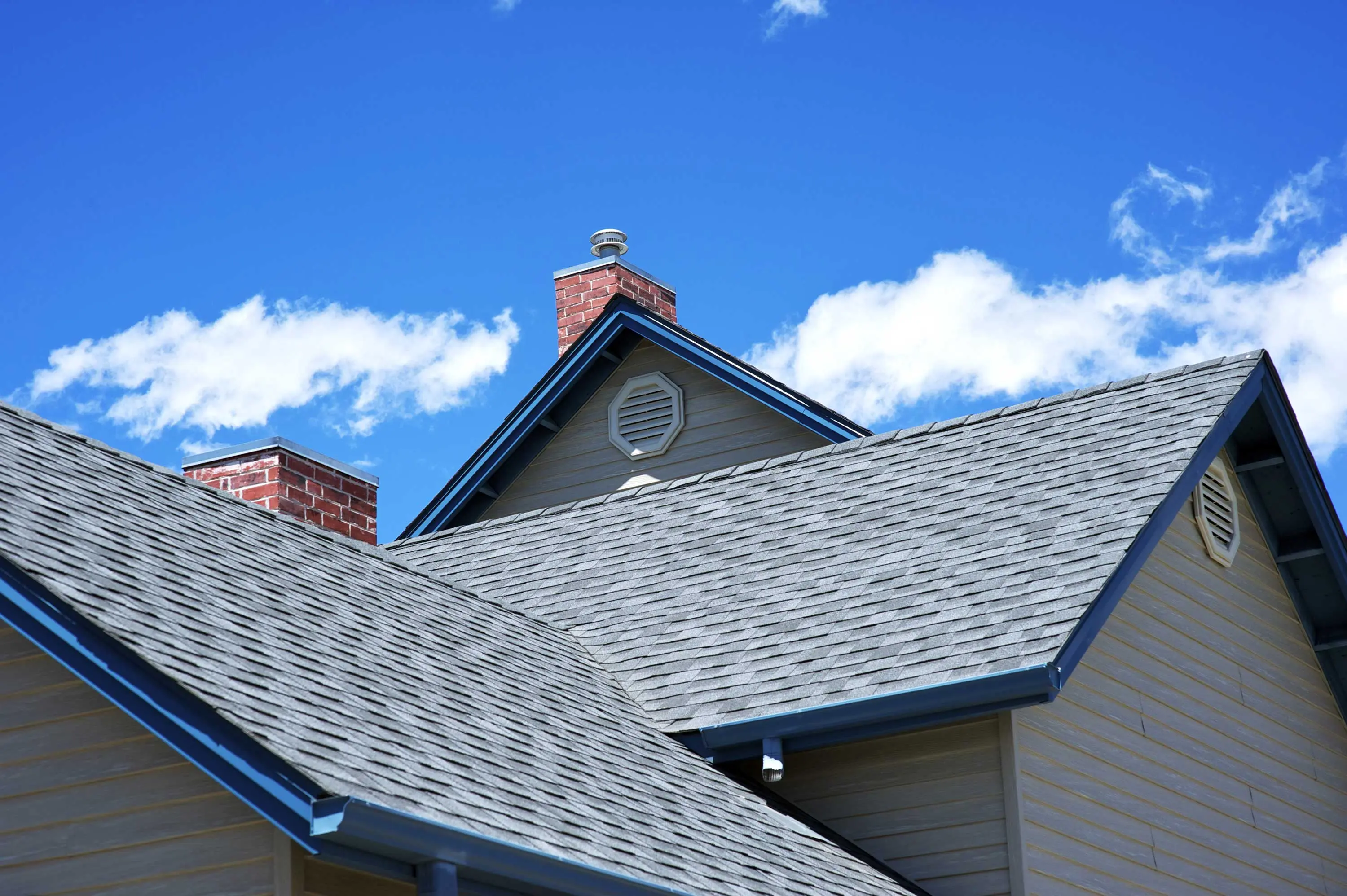A Comprehensive Overview to Effective Roofing Flat Roofing Installation
The ins and outs of flat roof covering installment need a precise strategy, starting with a detailed understanding of different flat roofing types and the crucial products needed for optimum efficiency. A successful installment hinges not just on the selection of products yet likewise on the preparation and implementation of each action involved in the procedure. As we check out the vital stages from preparation to upkeep, it becomes noticeable that neglecting also minor information can considerably impact the roofing's long life and efficiency. What details strategies can ensure a smooth installment that holds up against the examination of time?
Comprehending Apartment Roofing Types
When considering level roofings, it is important to comprehend the different kinds offered, as each deals unique advantages and negative aspects tailored to particular needs. The most common sorts of flat roof coverings consist of Built-Up Roofing (BUR), Changed Bitumen, and Single-Ply membranes.
Built-Up Roof covering includes several layers of asphalt and gravel, supplying exceptional toughness and climate resistance. It is specifically useful in areas vulnerable to serious climate condition yet may require more maintenance due to its complex building and construction.
Customized Bitumen is a preferred choice for its simplicity of installment and adaptability. It commonly uses a torch-applied or self-adhesive method, which can be useful for fast repair work and long-lasting performance. Nevertheless, its life expectancy can be much shorter compared to BUR.
Single-Ply membrane layers, consisting of Thermoplastic Olefin (TPO) and Ethylene Propylene Diene Monomer (EPDM), are identified for their light-weight nature and energy efficiency. These materials are usually chosen for commercial buildings because of their cost-effectiveness and ease of installment (Cleveland Roofing Specialists). They might not provide the same level of insulation as various other alternatives.
Each roofing type needs mindful consideration based on climate, budget, and certain project requirements.
Important Products for Flat Roofing
A range of crucial products are crucial for the successful setup of flat roof. The choice of products directly effects toughness, performance, and overall performance.
Among the main materials is the roof membrane, which can be created from various compounds such as polycarbonate polyolefin (TPO), ethylene propylene diene monomer (EPDM), or PVC. Each kind provides one-of-a-kind benefits, consisting of UV resistance and versatility, which are vital for prolonged performance.
In enhancement to the membrane, insulation materials play a substantial role in energy performance. Inflexible foam boards or polyisocyanurate insulation are preferred choices, as they provide superb thermal resistance and dampness administration.
In addition, roof adhesives and sealants are necessary for guaranteeing a leak-proof setup. These products need to be compatible with the picked membrane layer to avoid wear and tear in time.
Getting Ready For Setup
Appropriate preparation is vital for a successful level roof covering setup, as it lays the groundwork for a resilient and efficient roof. Begin by conducting a comprehensive assessment of the existing roofing system structure. Try to find signs of damage, including leakages, rot, or poor drainage, which could compromise the brand-new roof covering system. Make certain that the underlying materials are sound and can sustain the weight of the new roofing elements.
Next, collect all required tools and products, making sure that they satisfy sector criteria. This includes water-proof membranes, insulation, blinking, and fasteners. Acquaint yourself with the supplier's requirements, as adherence to these standards is essential for guarantee functions.
Furthermore, ensure that the workplace is clear of debris and blockages to assist in safe and effective installment. Think about weather; stay clear of setup throughout hefty rain or severe temperature levels, which can affect material efficiency. Lastly, inform any type of occupants of the structure concerning the approaching job to make certain safety and decrease interruptions. By taking these preparatory steps, you can improve the chance of an effective flat roofing setup that satisfies both aesthetic and structural demands.
Step-by-Step Installation Process
With the groundwork developed with thorough preparation, the next phase involves executing the level roof covering installation systematically. Begin by making certain that the architectural deck is clean and free from particles. Next, set up a vapor barrier to stop wetness buildup under the roof product. This action is important for preserving the roofing system's honesty gradually.
Adhering to the vapor obstacle installation, put down insulation boards, guaranteeing they fit snugly with each other to decrease thermal linking. Secure the insulation with appropriate bolts based on the roof type and local building regulations. Once the insulation remains in area, it's time to apply the roofing membrane. Depending upon the chosen material-- such as TPO, EPDM, or modified asphalts-- set up the membrane layer according to the producer's specs.
Make sure correct overlap at seams and sides to create a water tight seal. Use adhesives, mechanical bolts, or heat welding as needed. Ultimately, mount blinking around borders, vents, and any type of roof covering infiltrations to enhance waterproofing. After setup, her response carry out a comprehensive evaluation to identify any potential problems prior to concluding the job, guaranteeing a robust and trustworthy level roof system.
Maintenance Tips for Longevity
Regular maintenance is vital to guarantee the durability and performance of a flat roofing. One of the key tasks is to carry out regular inspections at the very least two times a year, ideally in springtime and autumn. Throughout these inspections, search for indications of wear, such as sores, splits, or pooling water, which can indicate underlying concerns.

Guaranteeing correct drainage is crucial to prevent water build-up. Inspect and clear gutters, downspouts, and scuppers to ensure unblocked water flow. In addition, evaluate seals around vents, skylights, and other penetrations for any type of signs of damage, applying caulk or sealer as needed to preserve a watertight barrier.
Last but not least, consider expert maintenance services every few years for complete maintenances. By sticking to these upkeep tips, you can dramatically extend the life of your level roofing system, guaranteeing it remains a reliable shield versus the aspects.
Final Thought
Reliable flat roof covering setup necessitates an organized approach including complete evaluations, material choice, and thorough prep work. Adhering to the described actions during the installment process guarantees the appropriate application of roofing membranes and insulation while improving waterproofing navigate to this website through reliable flashing installment. Furthermore, executing routine maintenance methods considerably adds to the longevity of the roof system. By complying with these standards, a trustworthy and sturdy flat roofing option can be achieved, qualified of withstanding different environmental conditions.
The details of flat roof covering setup demand you can try here a careful approach, beginning with a thorough understanding of different flat roofing kinds and the necessary products required for ideal performance.Proper prep work is crucial for an effective level roof setup, as it lays the groundwork for a reliable and resilient roof system. After setup, conduct an extensive assessment to determine any possible issues prior to concluding the task, making certain a reliable and robust flat roof covering system.
